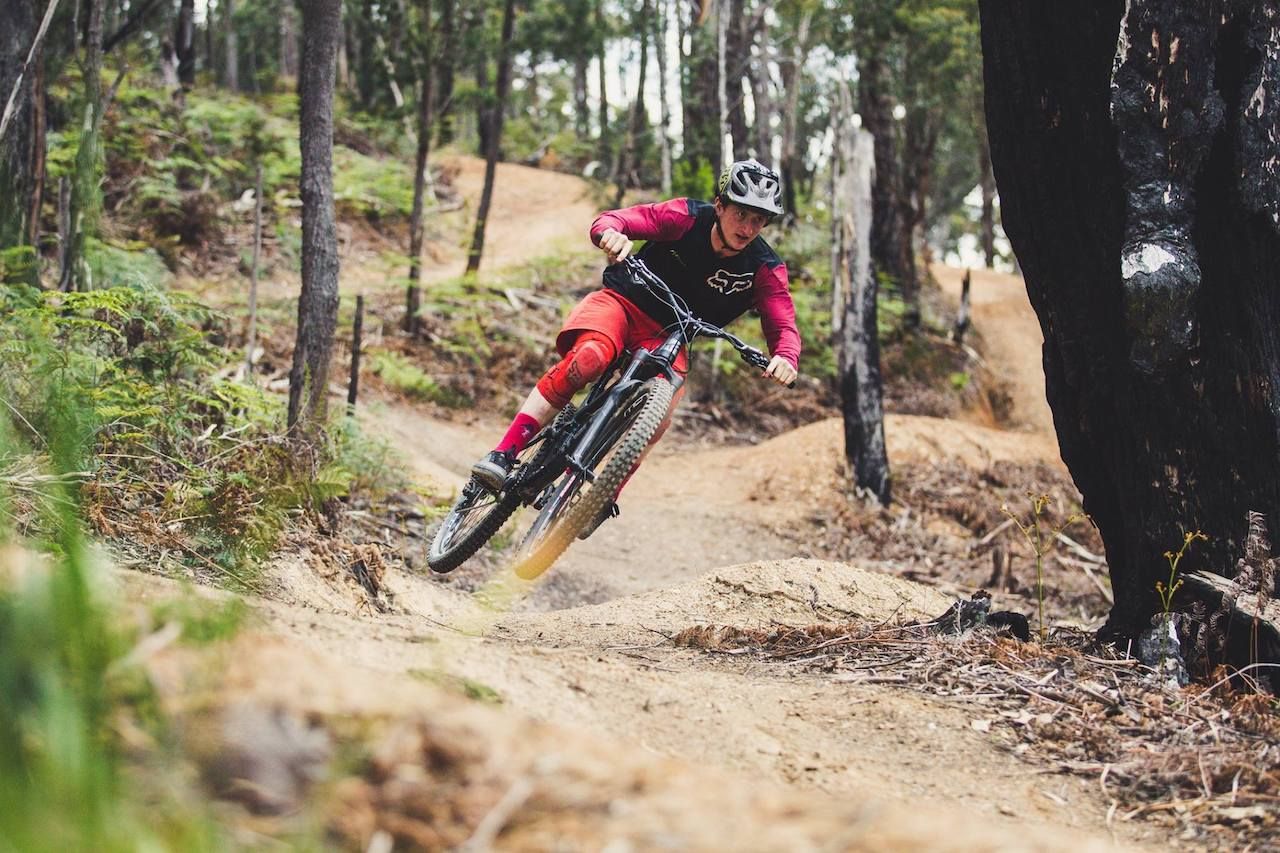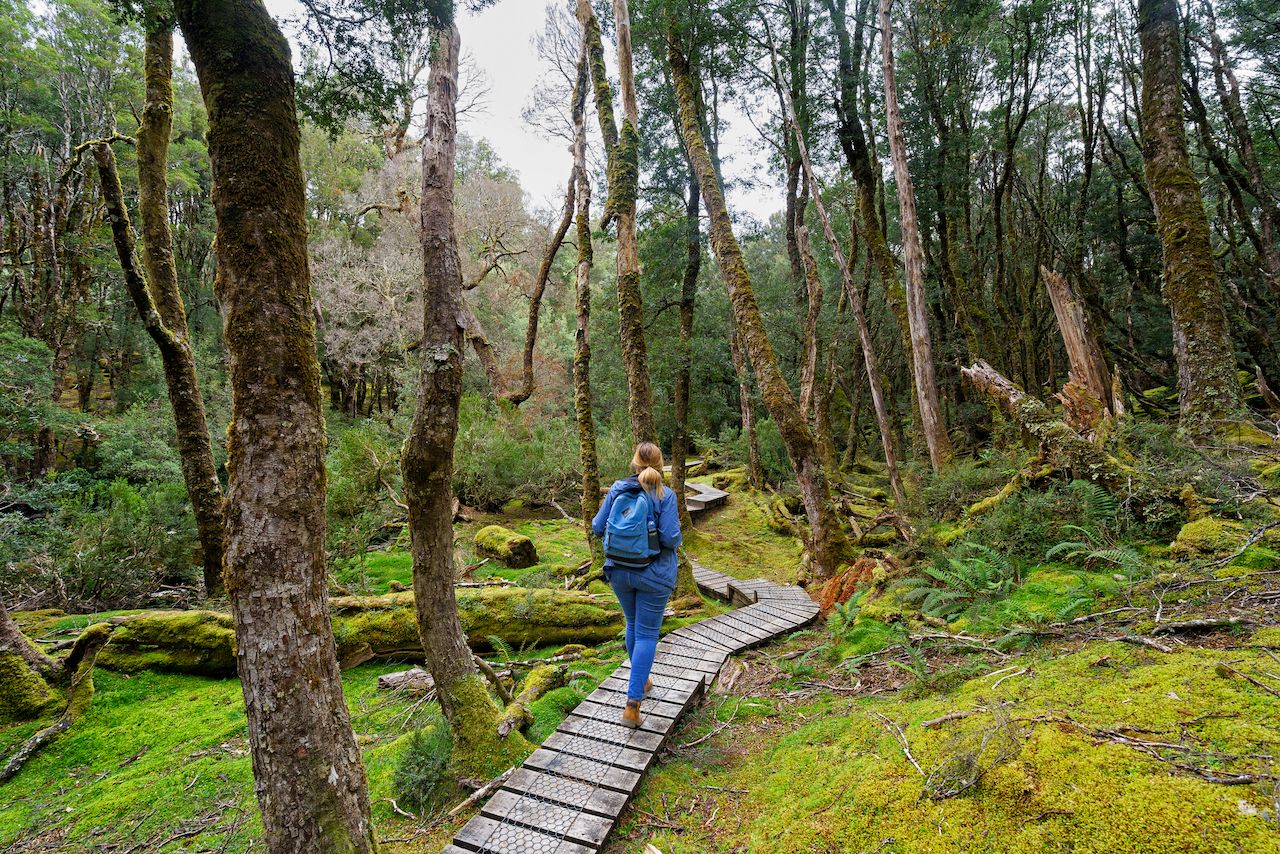Tasmania is an island that sits below the continent of Australia — at the bottom of the world. Despite its far-south location, its reputation as one of the few clean, green populated places left on Earth has attracted an increasing number of travelers. Yet while much of the attention centers around the capital city of Hobart, North West Tasmania is far less visited.
Those who do go to North West Tasmania may visit Cradle Mountain and Lake St Clair. Most of them miss the region’s other wonders, like Leven Canyon, a magnificent place as isolated as it is wild yet close enough to civilization to make it a comfortable place to visit. With incredible hiking and mountain biking, as well as small towns and a budding food and drink scene, this corner of Australia’s southernmost state is worth the journey to get there.





